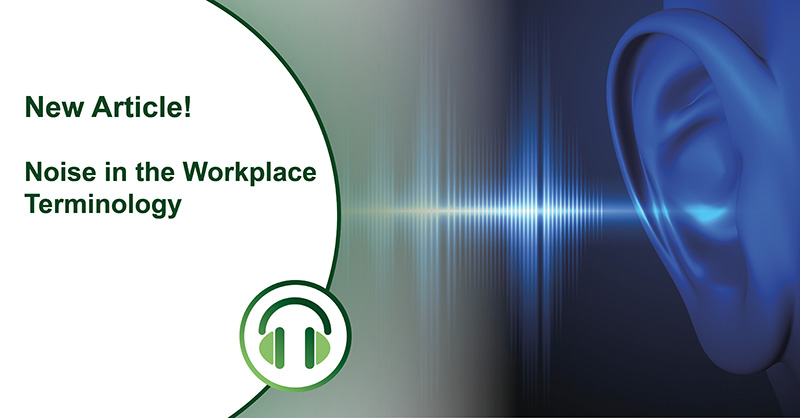A-weighting is used most for continuous occupational noise exposure and C-weighting for instantaneous peaks or impact noise. B & D weightings are no longer used.
Understanding the frequency content of the noise source is generally useful for noise control purposes. Take hearing protection for example. C-weighting used in conjunction with A-weighting is a rudimentary measure of frequency content and indeed the ‘C-A’ value is used in the calculation of hearing protection using the H-M-L method in Europe. However, the octave band method is preferred because it is more accurate but does require a little more calculation. Here, the hearing range is broken down into a manageable span based on octaves. Starting from 1KHz simply double the center frequency i.e., 2, 4, 8, 16 kHz or halve to get 500, 250, 125, 63 and 31.5 Hz. You will see some of these octave band values written on the packaging of hearing protectors as well as the NRR (used in the US) or SNR and H-M-L values (used in Europe).
Time. The idea of hearing damage due to a combination of level and cumulative exposure time is an important relationship which leads to the concept of an acceptable noise dose (expressed as a percentage), where most of a working population would statistically not suffer permanent hearing damage. Noise levels usually vary with time (and distance), and it is the cumulative energy received over a working hour day that’s important. Expressing that energy either as a single number or as a percentage dose which can be compared with safe limits is extremely helpful. Here is where the UK (and Europe) and the US differ in their approach based on the interpretation of risk of NIHL.
The UK has always expressed a doubling of risk based on the equal energy principal i.e., a doubling of energy is equivalent to a +3dB increase, known as the exchange rate and sometimes written as Q=3. Based on this principal, the A-weighted average noise level (LAeq), is the average noise level considered as a notional steady level that has the same amount of noise energy as the actual fluctuating noise level during a specified period of time. An LAeq measured over 8 hours of 85dB is equivalent to an LAeq of 82 for 16 hours or 88dB for 4 hours; these all equate to a 100% safe daily dose based on current legislation.
In the US, occupational exposure limits are expressed as an 8-hour time weighted average value (TWA) that includes the whole of the shift exposure. Historically the US has used several different exchanges rate conventions ranging from 4, 5 or 6 dB per doubling/halving which is of course less stringent than the UK/Europe interpretation although NIOSH has more recently adopted Q=3 and a TWA limit of 85dBA. Under OSHA regulations, where Q=5 this would ‘allow’ a TWA of 85 dBA for 16 hours, meaning a 200% dose or twice the risk in UK (and NIOSH) terms!
Peak. And finally, contrary to popular belief, hearing loss arising from too much noise is rarely the result of a burst eardrum. This seldom happens and even when it does, it is usually the result of a pressure wave typical of an explosion and having a peak amplitude of 160-180 decibels. Figure 2 shows an extreme example of 300g of plastic explosive measured at 2.8m from the detonation leading to a peak of 63KPa or 190 dBC. Remember the term peak has a special meaning in acoustics to distinguish it from the maximum sound pressure level (SPL) value and care must be taken not to mix them up.




